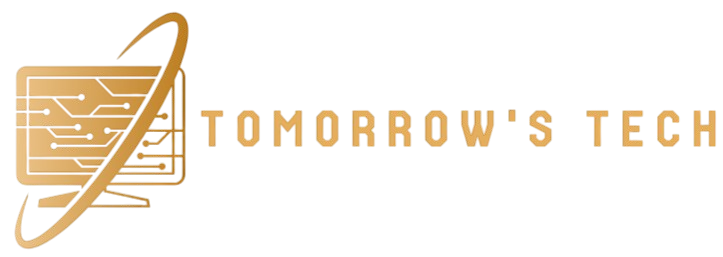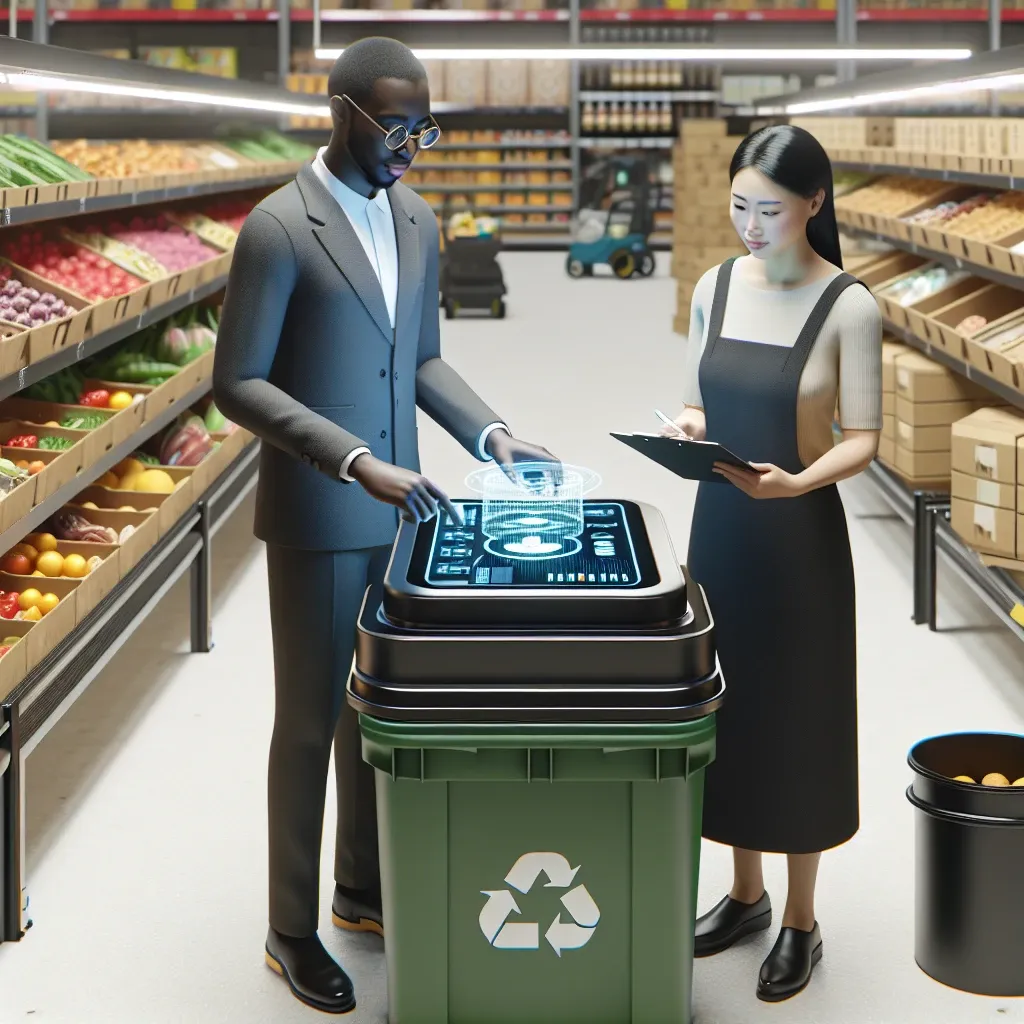Introduction
In an era where sustainability is becoming a necessity rather than a choice, Walmart is stepping up by piloting AI-powered food waste donation platforms across its U.S. stores. This initiative not only aims to minimize food waste but also to support local communities effectively. In this article, we will explore the intricacies of this innovative approach, its implications on food security, and its potential impact on the retail industry.
The Problem of Food Waste
Food waste has emerged as a significant global crisis, with nearly one-third of food produced for human consumption lost or wasted each year. In the United States alone, approximately 40 million tons of food go to waste annually, affecting both the environment and the economy. Understanding the scale of this issue is crucial, as it not only contributes to greenhouse gas emissions but also represents a loss of resources that could feed millions.
Walmart’s Role in Addressing Food Waste
As one of the largest retailers in the world, Walmart has a unique position to influence change. The company has long been committed to sustainability and has set ambitious goals to cut food waste in half by 2025. By piloting AI-powered food waste donation platforms, Walmart is harnessing technology to optimize its operations and better serve its communities.
AI-Powered Food Waste Donation Platforms
Walmart’s new initiative utilizes artificial intelligence to analyze inventory levels, expiration dates, and donation opportunities. By leveraging AI, the company aims to:
- Improve Efficiency: AI algorithms can predict which items are likely to go to waste, allowing Walmart to proactively donate before products expire.
- Enhance Accuracy: Data-driven insights ensure that food donations are targeted and timely, benefiting local food banks and charities.
- Increase Transparency: The use of technology allows for better tracking of donations, making it easier to report on impact and efficiency.
How the AI System Works
The AI system employs machine learning techniques to analyze historical data and current inventory trends. Here’s a step-by-step breakdown of how it functions:
- Data Collection: The system gathers data from various sources, including sales patterns and seasonal demand.
- Analysis: AI tools analyze this data to identify products nearing their expiration dates and predict upcoming surplus.
- Recommendation: The system generates recommendations for which products to donate based on urgency and local need.
- Action: Store managers receive alerts and can quickly arrange for donations to nearby food banks.
Benefits of the Initiative
For Walmart
The benefits for Walmart are manifold:
- Cost Savings: Reducing waste can lead to significant savings on disposal costs.
- Brand Image: Being seen as a responsible corporate citizen enhances Walmart’s reputation and aligns with consumer values.
- Competitive Advantage: Sustainability initiatives can attract environmentally conscious consumers.
For Local Communities
Local communities also stand to gain immensely from Walmart’s initiative:
- Increased Access to Food: Food banks and shelters receive much-needed food supplies, helping to alleviate hunger.
- Stronger Community Ties: Collaborating with local organizations fosters goodwill and strengthens community relationships.
- Environmental Impact: Donating food reduces landfill waste, contributing to a healthier planet.
Challenges Ahead
Despite the promising outlook, Walmart faces several challenges in implementing this AI-powered initiative:
- Technology Adoption: Ensuring that all stores are equipped with the necessary technology and staff trained to utilize it effectively.
- Partnerships: Building and maintaining relationships with local food banks and charities can be complex.
- Consumer Perception: Managing expectations and educating consumers about the initiative is vital for its success.
Future Predictions
Looking ahead, Walmart’s pilot program could set the standard for food waste management in retail. If successful, it may inspire other retailers to adopt similar practices. Additionally, as AI technology advances, we may see even more sophisticated systems that can further reduce food waste and improve donation processes.
Potential Expansion
As Walmart gathers data and refines its systems, there is potential for expansion beyond just food donations. The technology could evolve to include:
- Enhanced Inventory Management: Improving overall supply chain efficiency.
- Broader Sustainability Goals: Tackling other types of waste, such as packaging or unsold goods.
Conclusion
Walmart’s pilot of AI-powered food waste donation platforms represents a significant step forward in combating food waste while supporting local communities. By leveraging technology, Walmart not only aims to improve its operational efficiency but also to play a pivotal role in addressing hunger and sustainability issues. As this initiative unfolds, it will be critical to monitor its progress and impact, potentially reshaping the landscape of food retail and community support.
Call to Action
As consumers, we can also contribute to reducing food waste. Supporting businesses that prioritize sustainability and advocating for local food donation initiatives can amplify the impact of efforts like Walmart’s. Together, we can work towards a future where food waste is minimized, and communities thrive.

